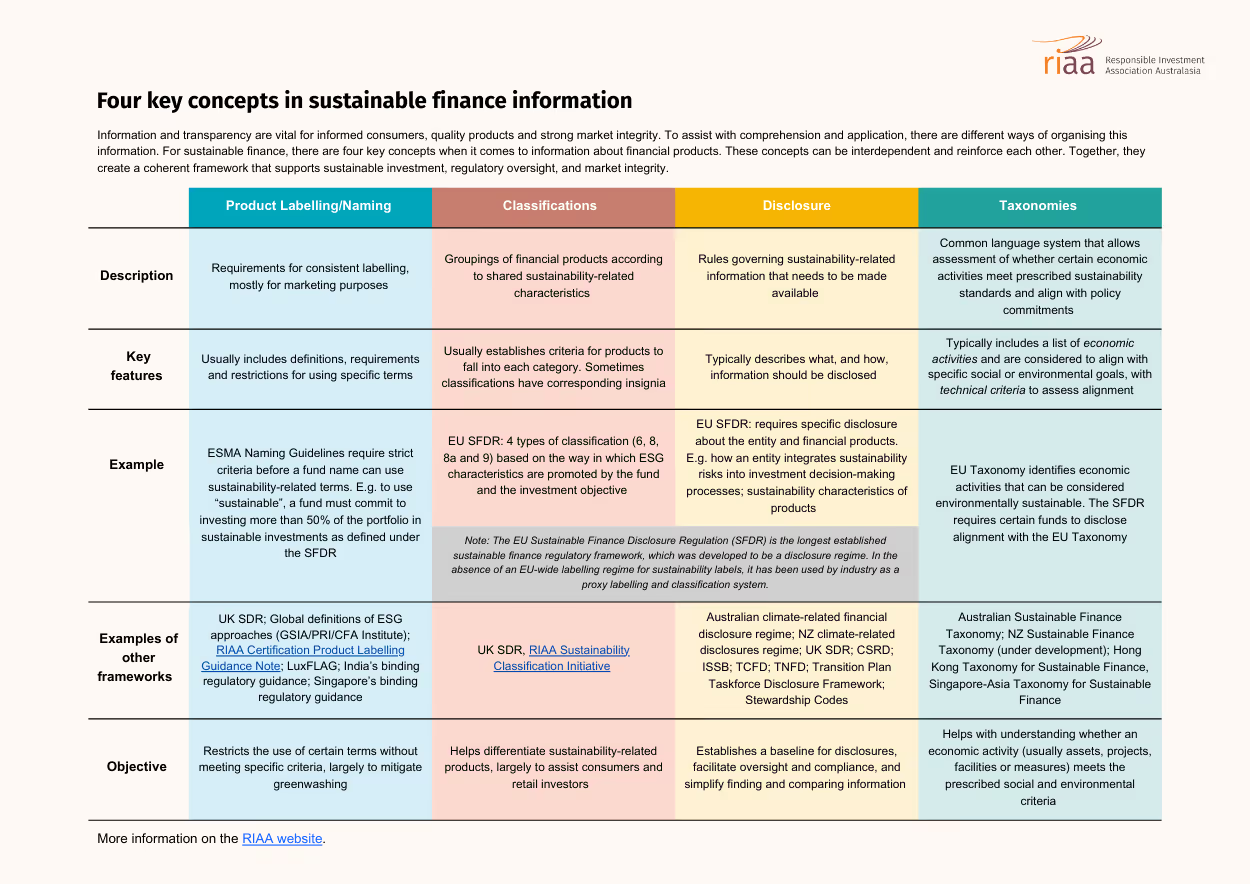Responsible investment, also known as sustainable or ethical investment, is a broad-based approach to investing which factors in people, society and the environment, along with financial performance, when making and managing investments.
Smart investors have long known that there is more that drives investment returns than just what is reported in financial reports. They understand that companies or assets won’t thrive whilst ignoring environmental issues (pollution, climate change, water and other resources scarcity), social issues (local communities, employees, health and safety), corporate governance issues (prudent management, business ethics, strong boards, appropriate executive pay, diversity, equity and inclusion) or ethical issues.
All kinds of investors can be responsible investors, whether they are individuals choosing where to put their savings or superannuation; a trustee of a trust or foundation; or an institutional investor such as a super fund, fund manager, bank or asset manager. Investors engage in responsible investing for a range of reasons including: to align investments with their own or their clients’ personal values and ethics; to reduce risk; and to achieve strong financial returns in the short and long term.



Responsible investment approaches
The responsible investment sector is one of huge diversity, where a range of investment approaches are used alongside fundamental financial analysis. These strategies help investors consider risks and opportunities, as well as align their portfolios with sustainability goals, ethical considerations and broader societal impact.
Investors typically use a combination of the following approaches to meet their responsible investment objectives: ESG Integration, Screening, Thematic Investing, Stewardship and Impact Investing.
.avif)



Global alignment on definitions of responsible investment approaches
In 2023, RIAA worked with the UN Principles for Responsible Investment, the CFA Institute, and the Global Sustainable Investment Alliance to create global industry guidance that aims to enhance clarity and consistency in the language used within responsible investment.
This ensures consistency throughout the global asset management and wealth management industries, and with regulators globally, and contributes to efforts to eliminate greenwashing.
View the accepted definitions from this guidance:





